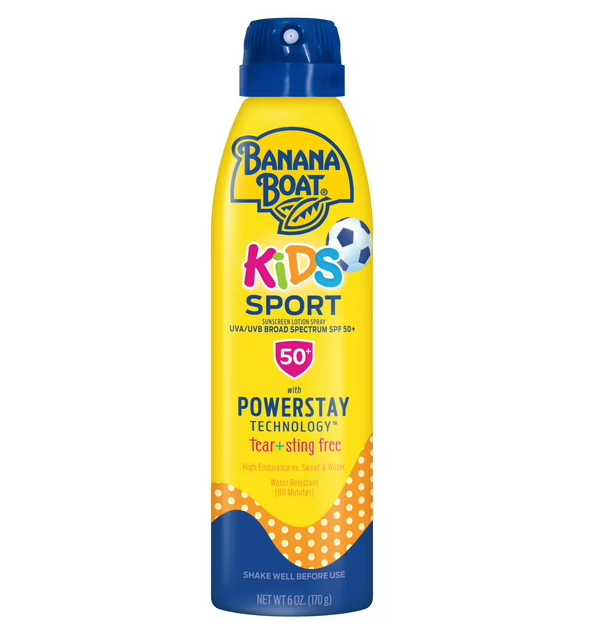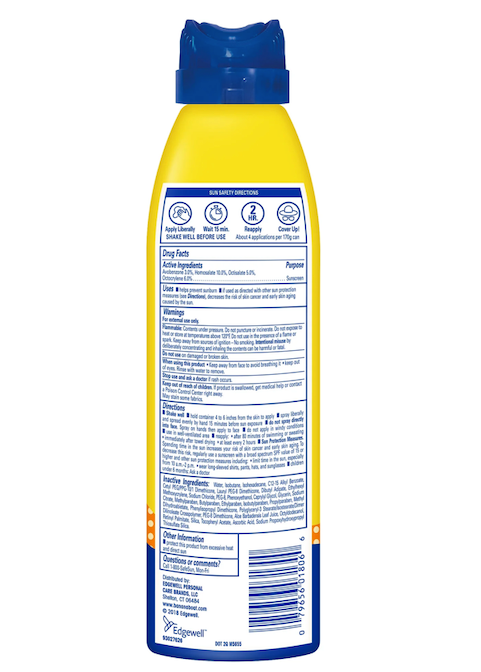How to Deal with Sunscreen Stains on Clothes and Car Interiors
Sunscreen is essential for protecting your skin, but it can sometimes leave behind stubborn stains on your clothes and even on the interior of your car. Whether it is a greasy patch on your favorite shirt or a white film across your car seats, dealing with sunscreen residue can be frustrating. In this post, we will explain which types of sunscreen are most likely to stain, why it happens, and how to clean it up easily.
What Types of Sunscreen Can Cause Stains?
Certain ingredients in sunscreen are more likely to leave marks on fabric, leather, or vinyl. Here are the main offenders:
Mineral-Based Sunscreens (Physical Sunscreens)
Key ingredients include zinc oxide and titanium dioxide.
Mineral sunscreens are known for leaving a white cast on the skin, and they can leave a chalky residue on clothes and dark car interiors.
Chemical Sunscreens with Avobenzone
Key ingredients include avobenzone, octocrylene, and oxybenzone.
Avobenzone can react with iron and minerals in water, especially hard water, and cause yellow or rust-colored stains, particularly noticeable on white or light fabrics.
Oily Formulations
Many sunscreens contain oils and silicones to make them spread easily and resist water.
These oils can soak into fabric, upholstery, and leather, leaving greasy spots that are difficult to remove if not treated quickly.
How to Remove Sunscreen Stains from Clothing
For Fresh Stains
- Blot the stain gently with a paper towel or cloth. Do not rub, as that can push the sunscreen deeper into the fabric.
- Rinse the stained area under cold water from the inside of the fabric outward.
- Apply a stain remover or grease-fighting dish soap directly onto the stain. Work it in gently with your fingers or a soft brush.
- Let the treated area sit for 15 to 30 minutes.
- Launder as usual, using the hottest water that is safe for the fabric.
For Set-In or Yellow Stains
- Use an oxygen-based bleach, such as OxiClean. Avoid chlorine bleach, which can worsen some sunscreen stains.
- Create a baking soda paste with water and apply it to the stained area. Let it sit for 30 to 60 minutes before rinsing.
- Soak the stained fabric in a mixture of white vinegar and cold water (one part vinegar to three parts water) before laundering.
- If necessary, repeat the process until the stain is fully gone. Avoid putting the item in the dryer until the stain is completely removed, since heat can set the stain permanently.
How to Remove Sunscreen Stains from Your Car Interior
For Leather and Vinyl Surfaces
- Use a dry microfiber cloth to gently wipe away any chalky white residue.
- Mix a small amount of mild dish soap with warm water. Lightly dampen a clean cloth and wipe the area.
- If the residue remains, use a leather cleaner or vinyl-safe cleaner according to product instructions. Always test a small hidden area first.
- After cleaning leather, apply a leather conditioner to restore moisture and protect against drying or cracking.
For Fabric Seats
- Blot any excess sunscreen with a dry cloth without rubbing.
- Apply a fabric-safe upholstery cleaner and gently blot again.
- If the stain is oily, sprinkle baking soda over the area and let it sit for 15 to 30 minutes before vacuuming. Baking soda helps lift oils from fabric.
How to Prevent Sunscreen Stains
- Allow sunscreen to fully absorb into your skin before getting dressed or sitting in your car.
- Choose reef-safe or stain-free sunscreen formulations when possible.
- Cover your seats with washable covers during summer months, especially for long drives or beach trips.
- Keep gentle, alcohol-free wipes in your car for quick hand and arm cleanups.



